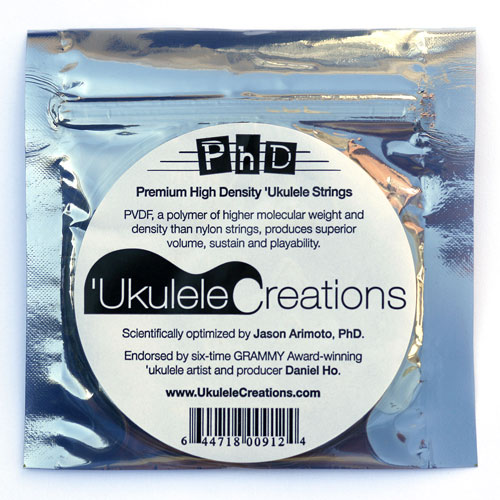Hi, I am hoping someone can give me their best guess here. I’ve just bought a new-to-me pono mahogony baritone, which is a lovely thing. However there’s an issue that’s puzzling me as I’m not sure if it’s strings/truss rod/saddle (or, please no, all three) that’s the cause. It’s come with worth brown strings on it which I haven’t used before, I have d’addario titanium on my other baritone and it also has slightly lower action than I’m used to. The D feels floppy, for want of a better word, it’s weirdly easy to slide right off the the neck when pushing it down and you can pretty much hear it slapping with anything played any distance from the nut (I have no appropriate vocab, I’m sorry; I mean when pressing down on the string). Will this be solved with wound strings, which feel an awful lot tighter on my other uke than these do, or would the fact that they’re thicker make it worse; would raising the saddle slightly be more useful or do I need to adjust the truss rod? (The neck to my astigmatic eyes looks straight, no bow.)
Sorry if this is incoherent! Any help (including “just try new strings/adjusting the truss rod/raising the saddle (that last would be my last option) and see if it helps” would be very gratefully received. I’m going to get new strings asap as I’m not super keen on these.
Thank you so much.
Sorry if this is incoherent! Any help (including “just try new strings/adjusting the truss rod/raising the saddle (that last would be my last option) and see if it helps” would be very gratefully received. I’m going to get new strings asap as I’m not super keen on these.
Thank you so much.




